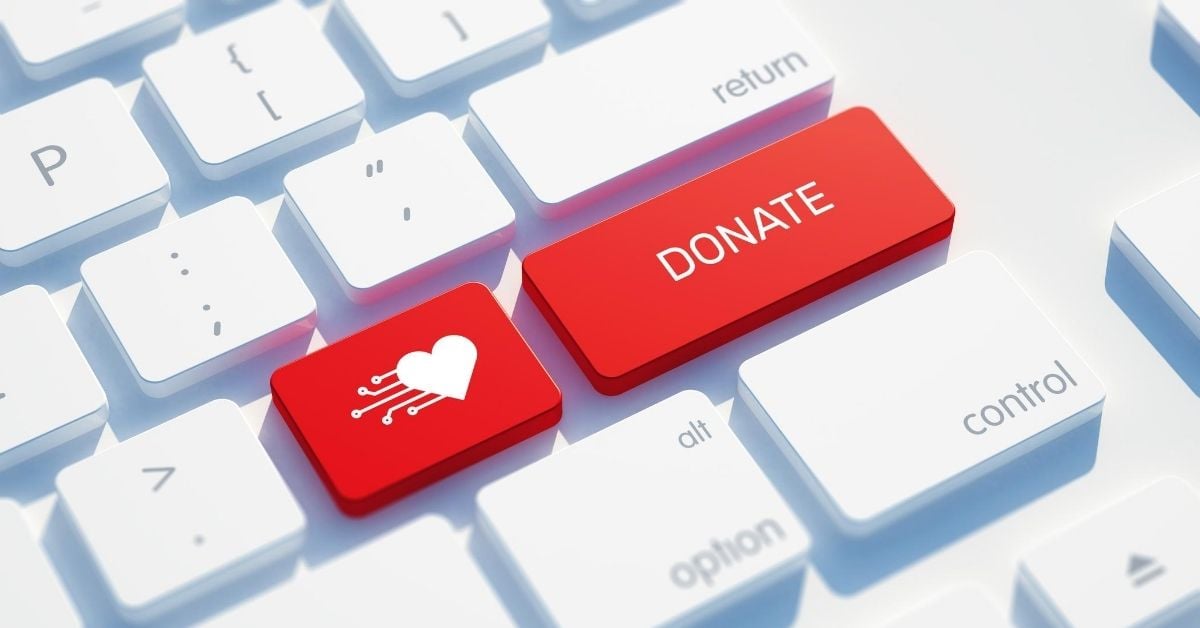Bucket Hats: Discover the Latest Trendy Designs
Bucket Hats: Discover the Latest Trendy Designs Bucket hats have become increasingly popular in recent years as a trendy accessory. These stylish hats are not


You maybe be asking “What happens when I donate Plasma?”.
Most people are familiar with donating blood. Some work organizations may encourage staff blood donations, or perhaps you have gone on your own.
Donating plasma, however, could be a new concept for you.
Let’s see, then, what happens when you donate plasma, and how to prepare for it. First, we’ll examine what plasma is.
Plasma is the liquid part of blood. It contains important proteins like albumin, gamma globulin, and anti-hemophilic factor. It also contains salts, fats, hormones, and vitamins. The rest of plasma is water, up to 92%, in fact.
Blood itself contains about 55% plasma. The rest of our blood is made up of various solids, including red blood cells, white blood cells, and platelets.
During normal blood donation, your blood is drawn from your arm in its full form and is stored and used that way. In plasma donations, the plasma in your blood is extracted from your arm, and the other components of your blood are returned to you.
The process for donating plasma is therefore a little different and takes slightly longer than a regular blood donation.

When you donate plasma, blood in its entire form is drawn from your arm. It’s then run through a plasmapheresis machine, which separates the plasma from the blood. The plasma is stored, and the solid components of your blood are mixed with saline and returned to you.
The process uses a single needle to remove and return the blood, so only a single insertion is needed. This limits any discomfort experienced during the donation process.
Your donation will fill two units, or 560 ml, of plasma. The entire process takes about an hour.
Once extracted, plasma is frozen within 24 hours. The timing is important, as plasma contains clotting abilities that are crucial to healing. These abilities are preserved when plasma is frozen soon after extraction.
After being frozen, plasma donations can last up to one year if properly stored. You can return to donate again two weeks after a plasma donation.
If you want to donate plasma, contact your local Red Cross or blood-donation facility. Appointments are usually required for donating plasma, and often you will be required to give a blood sample first.
This blood sample is taken to determine a few things:
You will be contacted with your results, usually within a week. If the above criteria are met, you can then make the appointment to donate plasma.

Plasma donations can leave you feeling dehydrated.
These beverages can elevate the feeling of dehydration after your appointment.

Eating fatty, oily, or greasy foods before your donation can affect the quality of your plasma.
Having a full, nutritious meal in your system before the donation process can help limit the potential side effects.
Bucket Hats: Discover the Latest Trendy Designs Bucket hats have become increasingly popular in recent years as a trendy accessory. These stylish hats are not

The ultimate guide to rocking the trendy bucket hat styles. Elevate your fashion game with versatile and stylish bucket hats. Click here for fashion inspiration and tips!
Discover the best places to buy bandanas and find your unique bandana style. Explore the wide range of designs and styles available at Wholesaleforeveryone.com and get free shipping on orders over $35
Discover how to create a stylish and versatile wardrobe with tops. Elevate your outfits and transform your style with the right tops. Click here to learn more.
Discover expert tips for caring and maintaining your tops to build a versatile wardrobe. Extend their lifespan, retain shape and color, and save money with proper care. Click now for a wardrobe that truly represents you
Fashion events for tops, including t-shirts, shirts, hoodies, and jackets, showcase the latest trends and styles. Stay updated with industry developments and explore Wholesaleforeveryone.com’s collection for quality